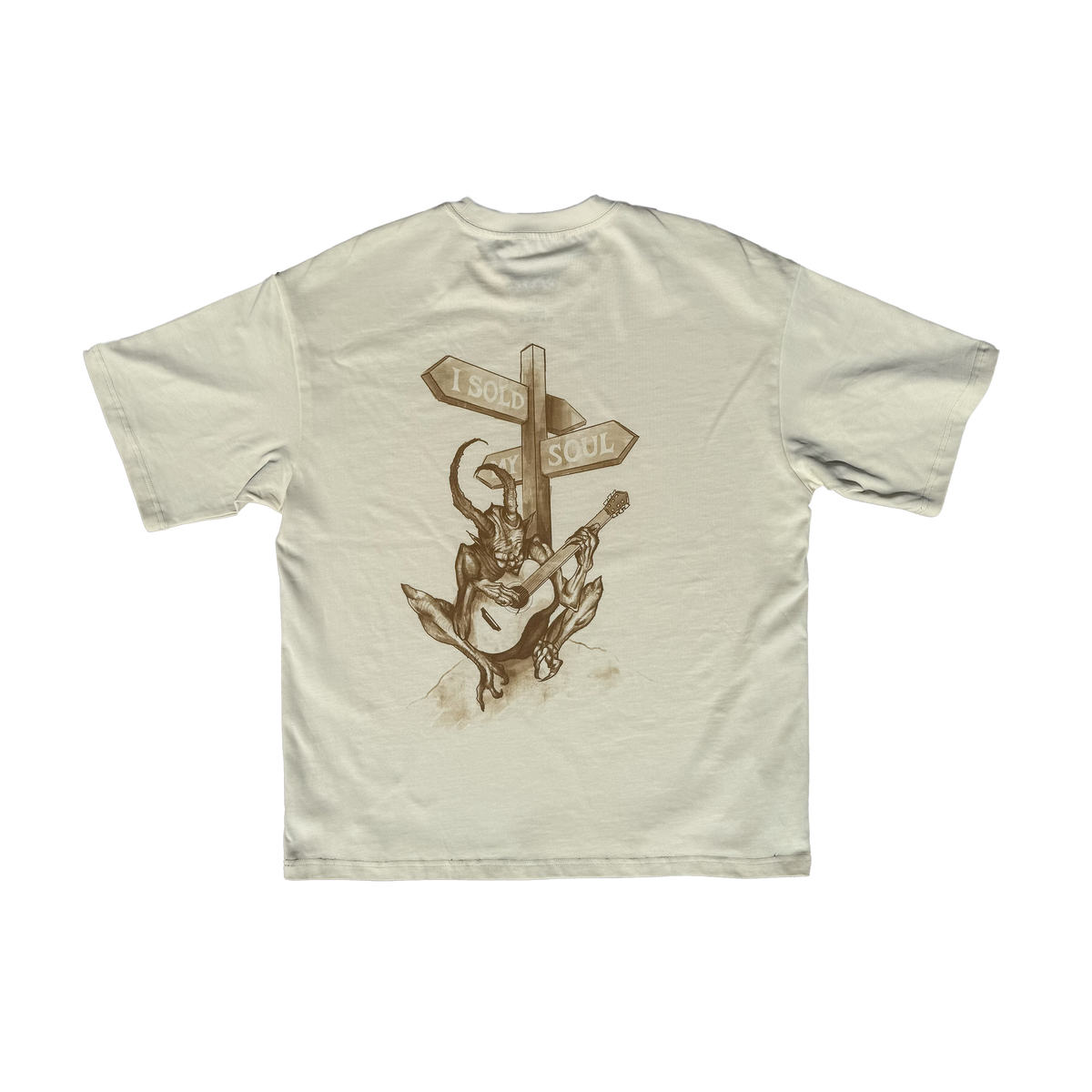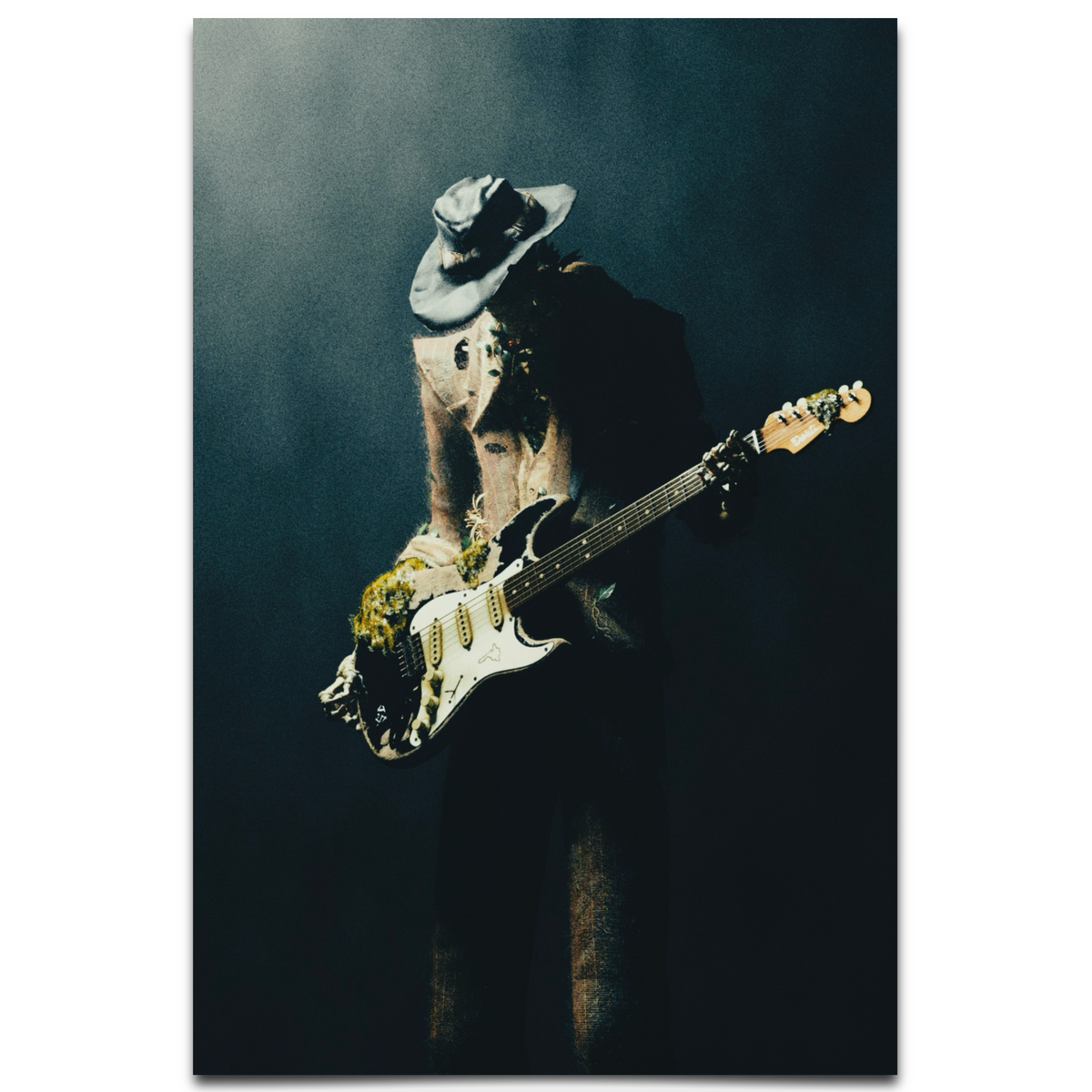Funk guitarists redefined rhythm playing in the mid-20th century by turning the guitar into a driving, percussive force that prioritized groove over melody. Emerging in the 1960s and 1970s through pioneers like James Brown’s bandmates and artists like George Clinton with Parliament-Funkadelic, funk guitar became the heartbeat of a genre built on infectious rhythms and danceable beats. Unlike traditional rock or blues guitar, which often focused on solos and lead lines, funk guitarists revolutionized how rhythm could anchor a song, influencing countless styles from hip-hop to modern pop.
Here are a few key ways funk guitarists changed the game:
- Emphasis on Tight, Repetitive Riffs: Funk guitarists like Jimmy Nolen, who played with James Brown, mastered short, staccato chord progressions and single-note riffs that locked in with the bass and drums. Tracks like “Papa’s Got a Brand New Bag” showcased how a guitarist could create a relentless groove by repeating tight patterns, often on the “off-beat” to emphasize syncopation.
- Percussive Strumming Techniques: Players began using muted “chicka” scratches and sharp, muted downstrokes to mimic drum sounds. This technique, often heard in Nile Rodgers’ work with Chic, turned the guitar into a rhythm machine, blending seamlessly with the rest of the band.
- Interplay with Basslines: Funk guitarists worked hand-in-hand with bass players to create interlocking patterns. While the bass held down the low-end groove, the guitar added rhythmic texture with higher-pitched, funky chords or wah-wah effects, as seen in Bootsy Collins’ collaborations with George Clinton.
- Use of Effects for Flavor: The introduction of wah-wah pedals and envelope filters allowed guitarists like Eddie Hazel of Funkadelic to add a vocal-like quality to their rhythm playing. This wasn’t just flair—it deepened the groove, making songs feel alive and conversational.
Ultimately, funk guitarists shifted the instrument’s role from a melodic centerpiece to a rhythmic powerhouse. Their innovations taught musicians that groove could be just as expressive as a solo, inspiring genres far beyond funk. Next time you hear a tight, funky riff in a pop or hip-hop track, you’re hearing the legacy of these rhythm revolutionaries.
























